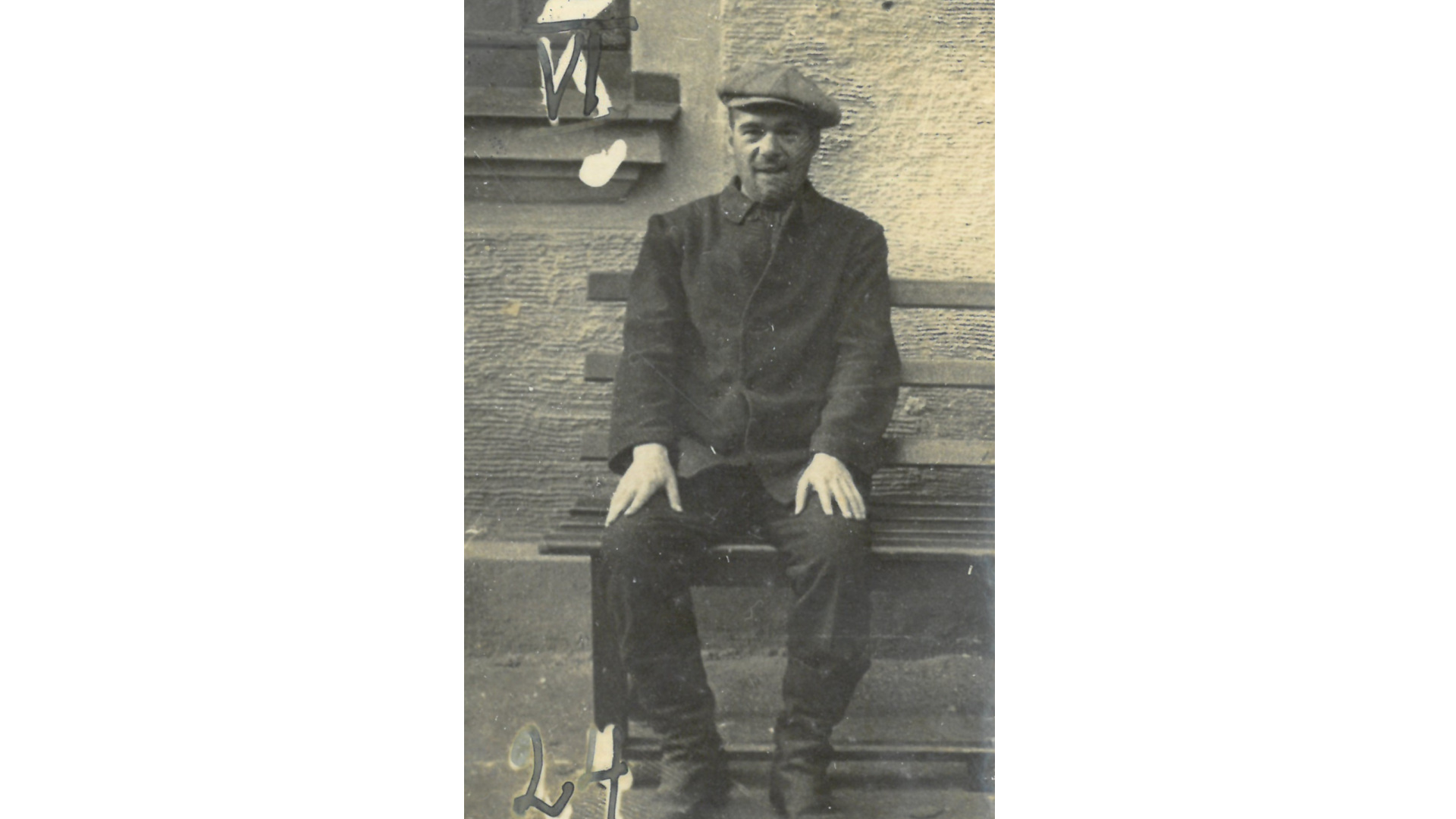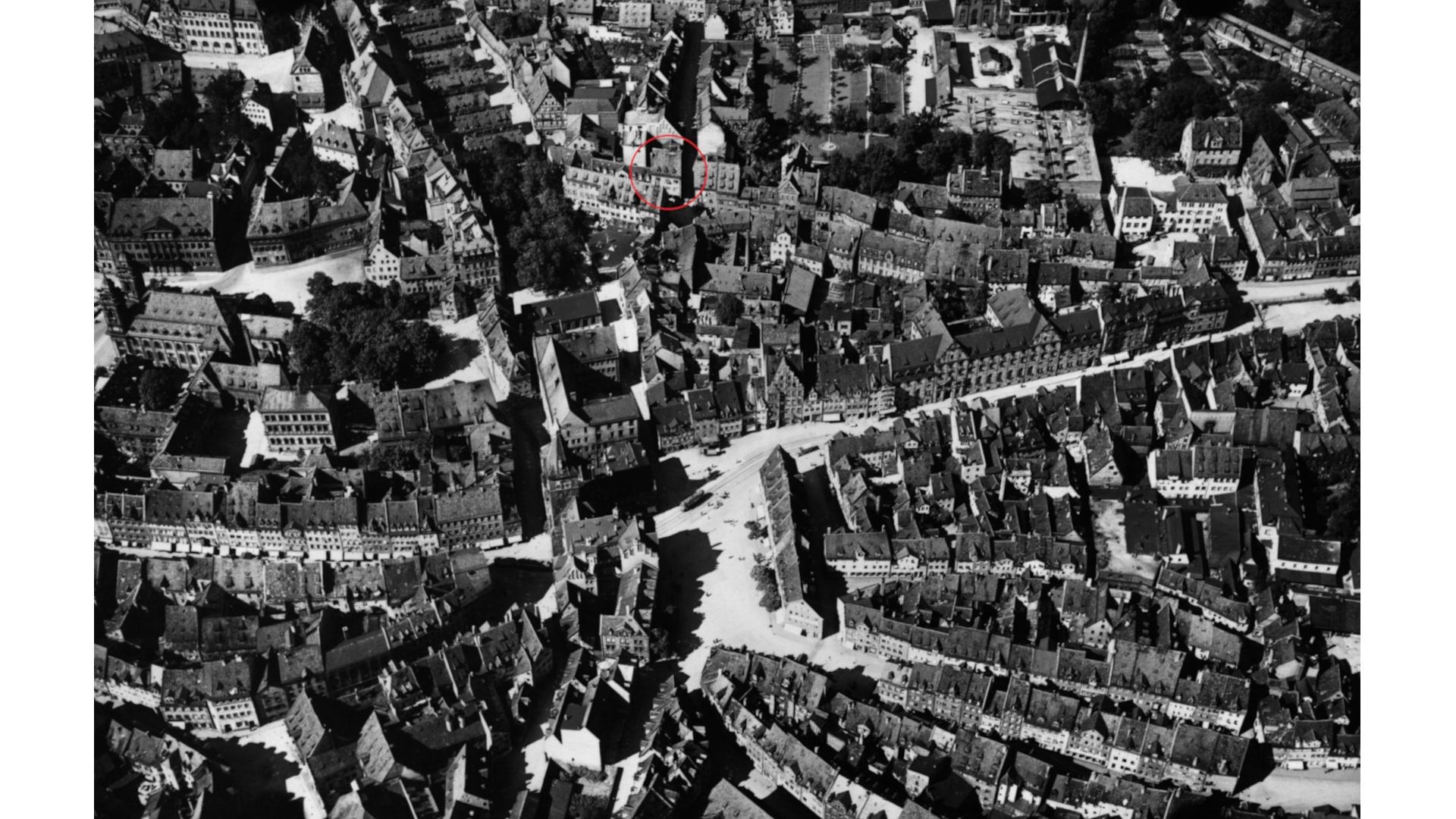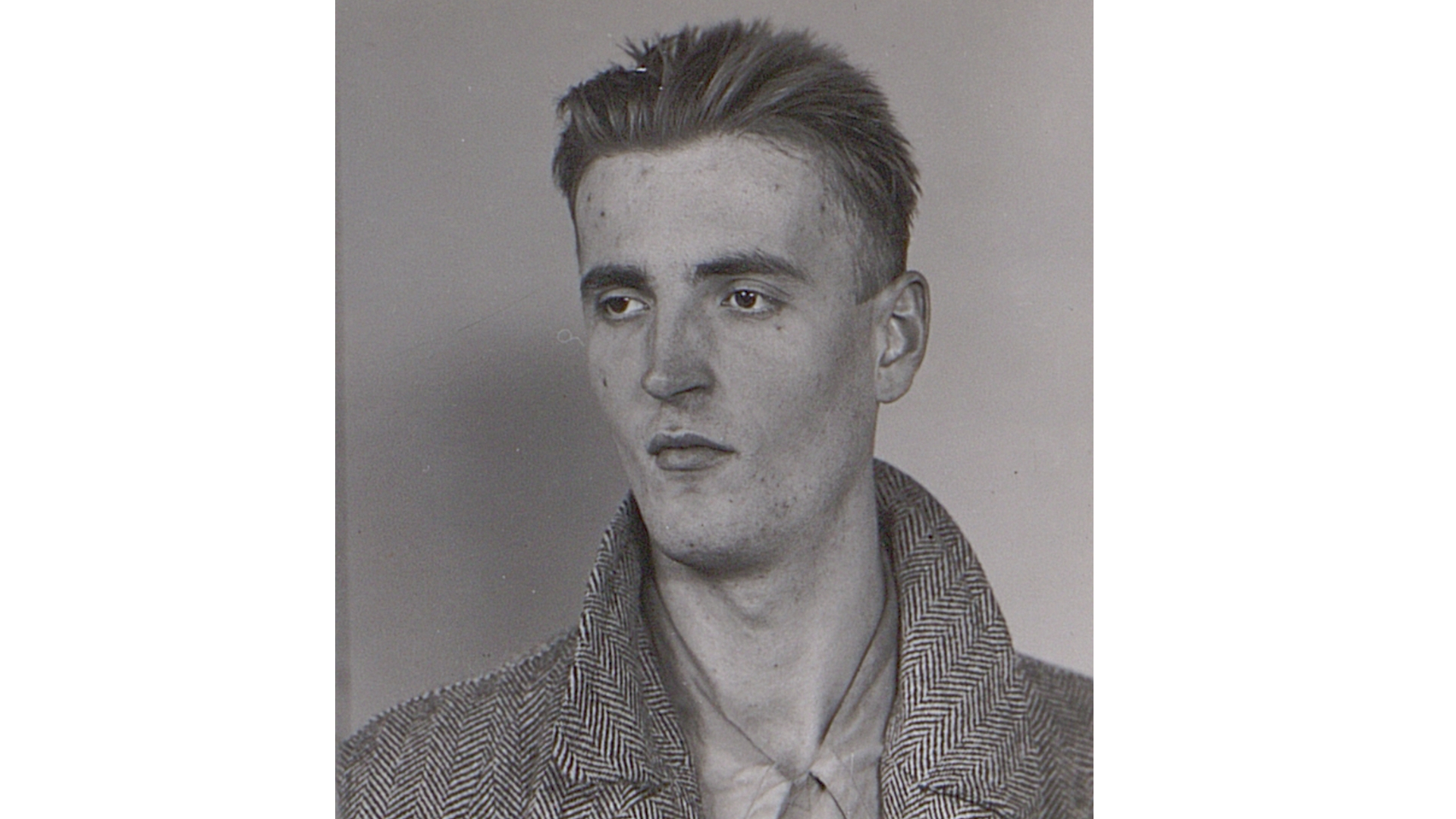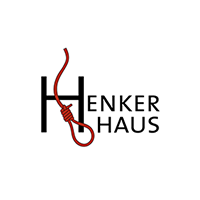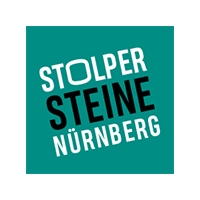| Location of stone: Hirschelgasse 5 | District: St. Sebald |
| Sponsor: Rotary Club Nürnberg Kaiserburg | Laying of stone: 11 June 2021 |
Biography
On 11 June 2021 Gunter Demnig laid six stumbling stones in Nuremberg for victims of National Socialist medical crimes. The victims’ lives were researched by pupils who attended a P-Seminar at Nuremberg’s Hermann Kesten College, led by Dr Maren Janetzko and Dr Pascal Metzger. The project was carried out in cooperation with the history association Geschichte Für Alle e.V. (History for Everyone). To finance the laying of the stones, the seminar participants applied successfully for a donation from Nuremberg’s Rotary Club. One of the biographies reconstructed during the project was that of Wilhelm Stellwag. On the grounds of a mental disability, he became a victim of the “euthanasia” programme.
Wilhelm Stellwag was born on 31 December 1894 in Nuremberg. His father, Heinrich Stellwag, a brush manufacturer, lived with his wife Julie (née Schmidt) at Hirschelgasse 5 in the old section of the city.
Wilhelm trained to be a bank clerk. When he was 20 years old the First World War started and he was called up. It is not known what he experienced during his time as a soldier. However, he returned from the war with massive psychological problems. After the war ended, he was continuously in hospitals, convalescent homes and care facilities. From 1925 onwards, Wilhelm was a patient in the mental hospital in Ansbach. He was diagnosed as suffering from schizophrenia and dementia.
National Socialist ideology separated human beings into “valuable” and “worthless”. Countless numbers of people suffering from various illnesses and disabilities, as well as those who were forced to live on the fringes of society, were denied the right to life by the National Socialist state. The term used for what was in fact systematic killing was “euthanasia”. In the years 1940/41 more than 70,000 people were murdered as part of the “T4” operation. The name for the programme of mass murder is an abbreviation of Tiergartenstrasse 4, the address in Berlin of the headquarters of the government agency that implemented the policy.
Within the framework of “Aktion T4”, Wilhelm Stellwag was moved to the killing centre at Hartheim Castle near Linz on 3 December 1940, where he was murdered in the gas chamber.

